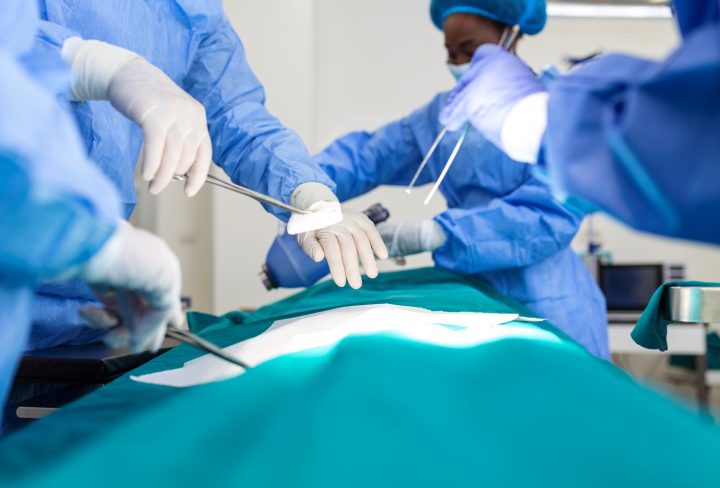The gallbladder is a tiny organ in your upper abdomen (an area in the middle of your body that holds many organs), like the stomach and gallbladder.
The gall bladder is an essential organ that collects and stores a liquid called bile which helps your body break down the food.
Small hard deposits known as gallstones can be formed in the gallbladder. If this interrupts your health, your doctor will suggest a gallbladder removal or surgery.
Causes:
The below factors will increase your risk of gallbladder stones; these include:
- Being a woman
- Having had children
- Being overweight
- Ageing (over 40 years)
- Hereditary
Symptoms:
- Sharp pain in your abdomen
- Nausea and vomiting
- Indigestion
- Fever and fatigue
- Discolouration of the skin (yellow)
Diagnosis:
An ultrasound is usually ordered to evaluate the inside of the body using sound waves.
Your doctor will order tests, such as a CT or HIDA, to confirm the diagnosis. For the HIDA scan, an injection of dye is used to project how functional your gallbladder and bile duct are.
Treatment:
Doctors suggest gall bladder removal or surgery, which is called a cholecystectomy.
Laparoscopic cholecystectomy is done by inserting a tiny video camera and unique surgical tools through small incisions to view the inside of the abdomen for removal of the gallbladder.
How do you prepare before the Gall Bladder Removal Surgery?
- You will need a complete physical examination. Your doctor will ask you to take some tests to ensure you are fit for surgery.
- Do not eat anything the night before your surgery.
- Stop taking certain medications: Talk to your doctor; your doctor might suggest continuing some drugs and would ask to discontinue some
What to expect before the surgery?
Before the procedure
A cholecystectomy is performed using general anaesthesia. The anaesthesia is given to your arm. Your surgeon then performs the procedure.
During the Gall Bladder Removal procedure
Laparoscopic cholecystectomy is a minimally invasive procedure. The surgeon makes four small incisions in your abdominal areas. A thin tube with a tiny video camera is inserted into your abdomen. Your surgeon will watch a video monitor in the operating room while using the surgical tools inserted through the other incisions in your abdomen that helps remove your gallbladder.
You might undergo an imaging test (X-ray or ultrasound scan) if your surgeon wants to check for gallstones or other problems in your bile duct. Then your incisions are sutured and taken to a recovery area. A laparoscopic cholecystectomy usually takes one or two hours.
After the Gall Bladder Removal procedure:
You can go home the same day after the surgery; sometimes, your doctor might advise an overnight hospital stay if you have any complications. You can go home once you can eat and drink without pain and stand and walk without support.
It takes about a week time for a full recovery.
When to visit your doctor after surgery?
You need to visit your doctor 2 to 3 weeks after surgery
When to call your doctor?
Call your doctor if you notice the below symptoms:
- Fever over 101 degrees F
- Severe pain in the stomach
- Yellow skin
- Nausea or vomiting
- Blood or pus from the incision
- Breathing problems



